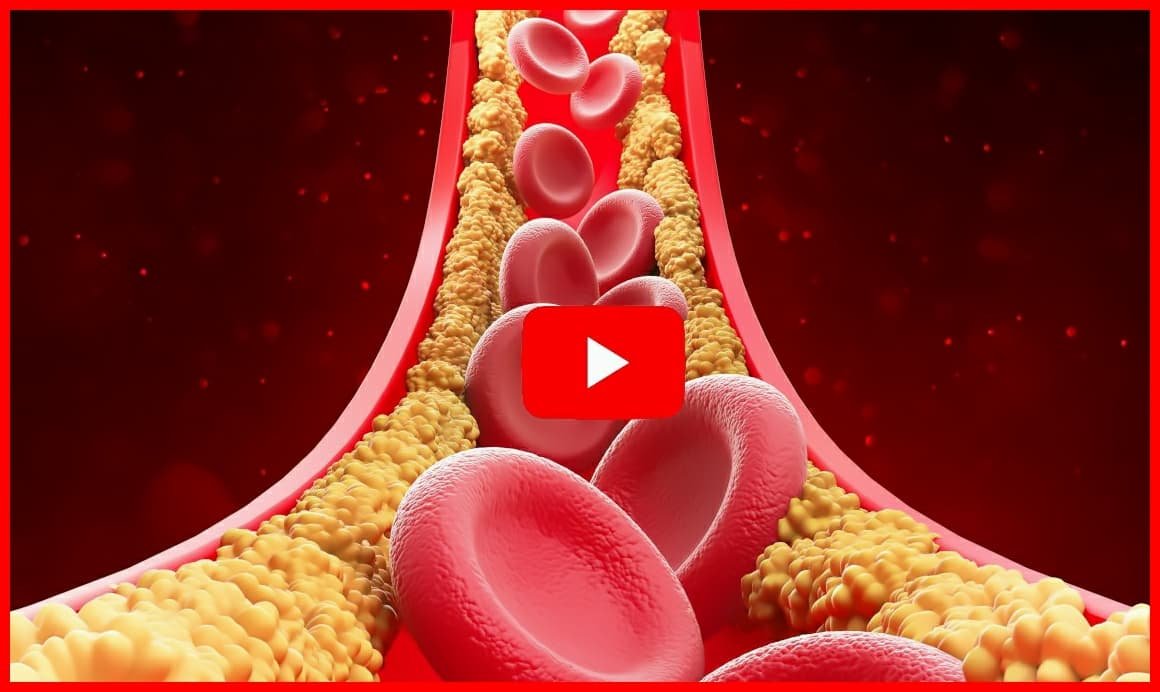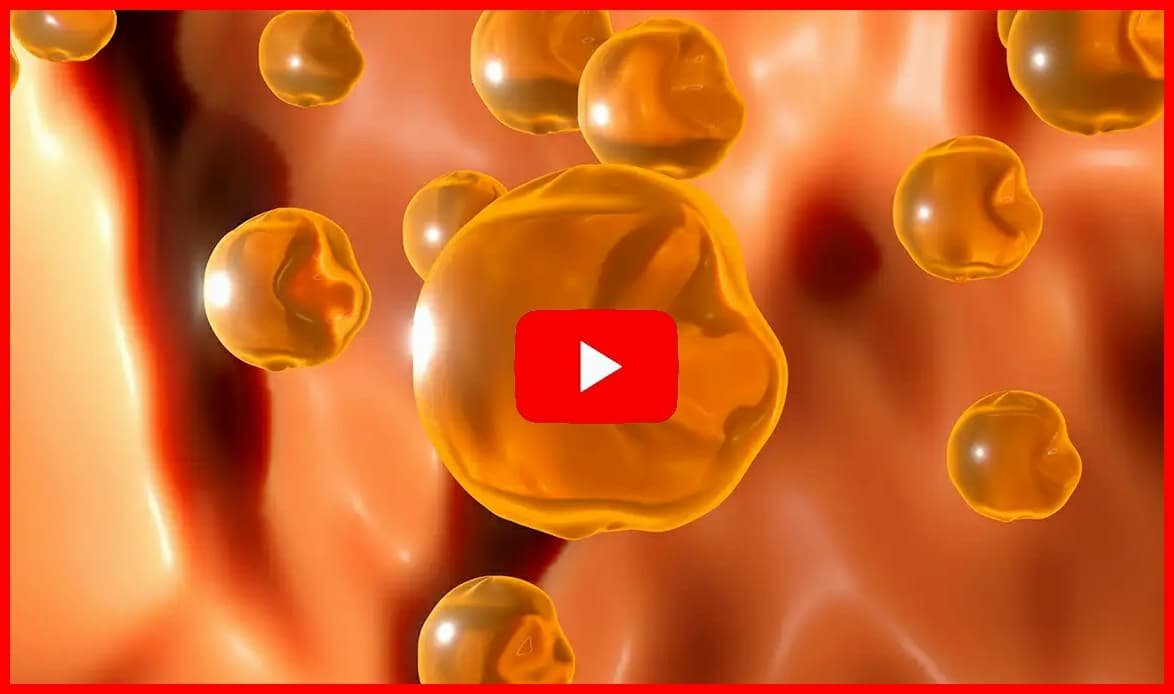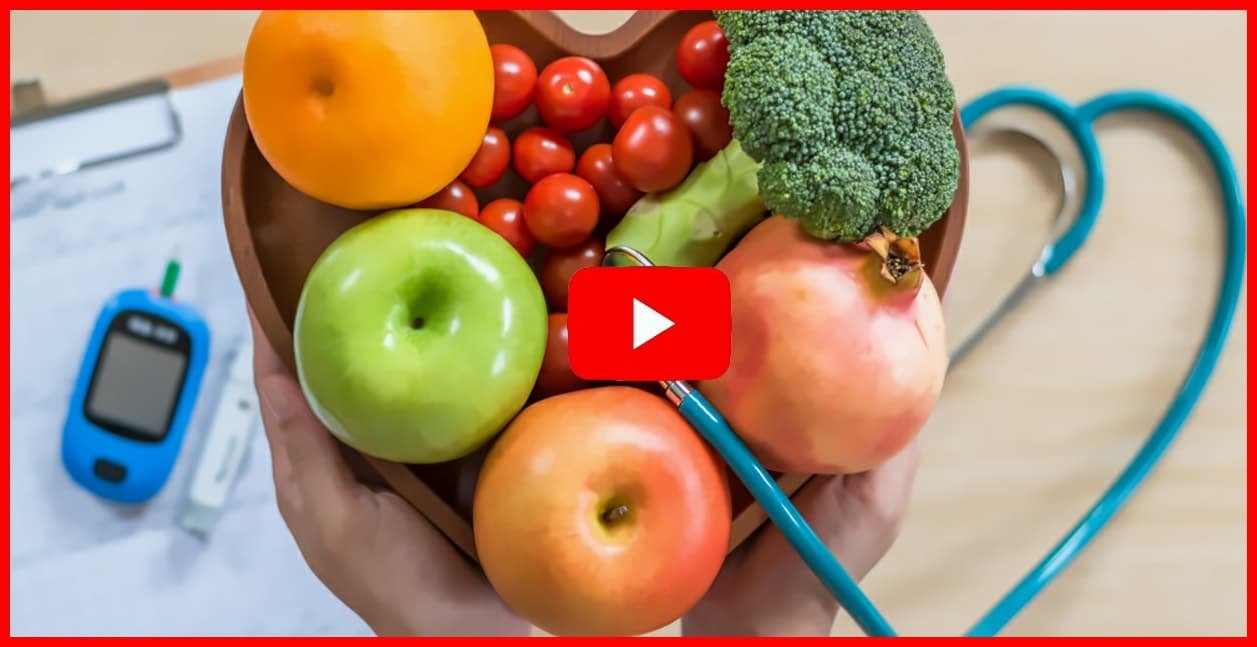LDL vs. HDL Cholesterol: Understanding the “Bad” and the “Good”
Cholesterol is often painted as the villain in the story of heart disease, yet this simplistic view hides the complex, vital roles that cholesterol plays in our bodies. To truly understand cardiovascular health, it’s essential to distinguish between two primary lipoproteins responsible for cholesterol transport: Low-Density Lipoprotein (LDL) and High-Density Lipoprotein (HDL). While both circulate in the bloodstream, their functions diverge dramatically, shaping the landscape of heart health.
LDL: The “Bad” Cholesterol
LDL earns its notorious reputation because of its tendency to deposit cholesterol in the walls of arteries, forming plaques that can restrict or block blood flow. This process, known as atherosclerosis, gradually hardens and narrows arteries, increasing the risk of heart attacks, strokes, and other cardiovascular events.
However, LDL is not inherently evil. It plays crucial roles in:
-
Cell membrane formation
-
Hormone synthesis
-
Essential bodily functions
The problem arises when LDL levels rise excessively, overwhelming the body’s natural mechanisms and contributing to plaque accumulation. Elevated LDL is a clear warning sign that lifestyle interventions and, in some cases, medical management may be necessary.
HDL: The “Good” Cholesterol
HDL functions as the body’s cholesterol scavenger, actively removing excess cholesterol from the bloodstream, arterial plaques, and tissues, and transporting it back to the liver for processing. This process, called reverse cholesterol transport, protects arteries and reduces cardiovascular risk.
Higher HDL levels are generally associated with:
-
Lower risk of heart disease
-
Reduced plaque buildup
-
Enhanced arterial health
HDL is influenced by genetics, nutrition, physical activity, and overall lifestyle, meaning that conscious choices can help support its protective functions.
The Importance of Balance
It’s not just about LDL or HDL individually—the ratio between the two is a critical marker of cardiovascular risk. A lipid profile characterized by low LDL and high HDL reflects a heart-healthy balance.
Key lifestyle factors that influence this balance include:
-
Diet: Emphasizing soluble fiber, healthy fats, and plant-based foods
-
Physical activity: Boosts HDL while reducing LDL
-
Smoking cessation: Protects HDL function and arterial health
-
Weight management: Supports overall lipid balance
Medical interventions, such as statins, are sometimes necessary when lifestyle measures alone cannot achieve optimal LDL and HDL levels.
Dispelling Misconceptions
Not all cholesterol is harmful. Misunderstandings about LDL and HDL can lead to unnecessary fear or misguided health behaviors. Recognizing the nuanced roles of both lipoproteins allows for smarter decisions, empowering you to manage cholesterol effectively and protect your heart.
By understanding LDL and HDL as complementary players rather than adversaries, you can take informed, proactive steps to maintain a healthy heart and a balanced, vibrant life.
Healthy Cholesterol Levels: Insights from the Latest Research
Understanding what constitutes healthy cholesterol levels has evolved significantly over the years. While traditional guidelines rely on fixed numerical thresholds, modern cardiovascular research emphasizes personalized, context-driven assessments. Numbers alone—though useful—cannot capture the nuances of an individual’s heart health. Genetics, lifestyle habits, and coexisting conditions like hypertension or diabetes all play pivotal roles in shaping optimal cholesterol targets.
LDL: The “Bad” Cholesterol and Its Targets
For most adults, maintaining LDL cholesterol below 100 mg/dL is considered desirable. LDL, often labeled “bad” cholesterol, is linked to plaque buildup in arteries, which increases the risk of heart attacks and strokes.
-
High-risk individuals, including diabetics or those with a history of cardiovascular events, may benefit from even lower LDL targets, often around 70 mg/dL or less.
-
It’s essential to recognize that these thresholds are guidelines rather than rigid rules; overall cardiovascular risk and lifestyle factors influence what is truly “healthy” for each person.
HDL: The “Good” Cholesterol and Protective Ranges
HDL cholesterol acts as the body’s protective agent, helping remove excess cholesterol from arteries and transporting it back to the liver.
-
Protective HDL levels are generally above 60 mg/dL.
-
Low HDL levels—below 40 mg/dL in men and 50 mg/dL in women—are associated with a heightened cardiovascular risk.
Rather than focusing solely on HDL or LDL in isolation, it’s important to consider the balance between the two, as the ratio can provide a more meaningful picture of heart health.
The Total Cholesterol-to-HDL Ratio: A Stronger Indicator
Emerging evidence highlights that the total cholesterol-to-HDL ratio is a powerful marker of cardiovascular risk.
-
A lower ratio correlates with a reduced likelihood of atherosclerosis and heart disease.
-
This ratio gives a more comprehensive view than focusing solely on LDL or HDL values.
Maintaining a favorable ratio involves dietary strategies, lifestyle adjustments, and targeted interventions rather than relying exclusively on numbers.
Lifestyle Factors That Optimize Cholesterol
Research consistently shows that holistic lifestyle choices profoundly impact cholesterol levels:
-
Diet: Emphasize fruits, vegetables, whole grains, lean proteins, and healthy fats.
-
Exercise: Engage in regular physical activity to raise HDL and lower LDL.
-
Smoking cessation: Protects HDL function and prevents arterial damage.
-
Stress management: Reduces hormonal effects on cholesterol metabolism and supports heart health.
These strategies not only optimize cholesterol but also improve overall cardiovascular resilience.
Personalized and Holistic Perspectives
Modern approaches recognize that cholesterol is just one piece of the cardiovascular puzzle. Blood pressure, blood sugar, inflammation markers, and lifestyle behaviors all interact with lipid profiles to determine overall heart health. Personalized assessments—including genetics and biomarker analyses—allow for tailored cholesterol targets, making interventions more effective and sustainable.
In essence, maintaining healthy cholesterol is not about chasing fixed numbers; it is about adopting a dynamic, individualized approach that evolves with your lifestyle, environment, and personal health profile. By embracing this holistic perspective, you not only protect your heart but also foster long-term well-being, vitality, and resilience.
🏆 Lipid Control Plus is a multi-ingredient food supplement designed for people who want to take comprehensive care of their cholesterol levels, liver health and cardiovascular system. The product has been created on the basis of 8 natural ingredients.
🏆 Regular use of Lipid Control Plus helps to take care of the lipid profile. The product supports detoxification and the flow of digestive juices. Lipid Control Plus also prevents the accumulation of fats and improves their removal by the liver. Consumers will appreciate that the product supports heart health and supports proper liver function.
Dietary Cholesterol Myth: Debunking a Long-Standing Misconception
For decades, conventional wisdom warned against foods like eggs, shellfish, and organ meats, claiming their cholesterol content directly caused high blood cholesterol and increased heart disease risk. This long-standing belief shaped dietary guidelines and instilled widespread fear about naturally cholesterol-rich foods. Yet, modern science has fundamentally challenged this notion, revealing that dietary cholesterol has a far more modest impact on blood lipid levels than previously thought.
The Body’s Cholesterol Balancing Act
The key lies in the body’s sophisticated cholesterol homeostasis. When dietary cholesterol intake rises, the liver often compensates by producing less cholesterol, keeping blood levels relatively stable. This feedback system explains why, for most people—including both “responders” and “hyper-responders”—moderate consumption of cholesterol-rich foods does not significantly elevate LDL cholesterol or increase cardiovascular risk.
Fats Matter More Than Dietary Cholesterol
Research has shown that saturated and trans fats have a far stronger influence on blood LDL cholesterol than dietary cholesterol itself.
-
High-saturated-fat foods—such as fatty cuts of meat, full-fat dairy, and processed snacks—tend to raise LDL cholesterol more effectively than eggs or shellfish.
-
Trans fats, often found in fried or commercially baked goods, are particularly harmful because they increase LDL while lowering HDL.
In contrast, foods like eggs, shellfish, and organ meats can be safely included in a balanced diet when consumed alongside nutrient-dense, heart-healthy foods.
A Shift in Dietary Guidelines
As a result of this evolving science, dietary recommendations have moved away from strict cholesterol restrictions. The focus now is on overall dietary patterns, emphasizing:
-
Healthy fats: Nuts, seeds, olive oil, and fatty fish rich in omega-3s.
-
Nutrient-dense foods: Fruits, vegetables, legumes, and whole grains.
-
Limiting harmful fats: Processed foods, fried items, and trans-fat–laden products.
Oily fish, such as salmon and mackerel, are highlighted not for their cholesterol content but for their heart-protective omega-3 fatty acids.
Empowerment Through Evidence-Based Nutrition
Dispelling the dietary cholesterol myth allows individuals to make informed, flexible, and enjoyable dietary choices without unnecessary fear. Recognizing that foods like eggs and shellfish can be part of a heart-healthy diet encourages sustainable eating patterns, improves nutrient intake, and promotes long-term cardiovascular well-being.
In short, focusing on balanced nutrition, quality fats, and whole foods—rather than obsessing over cholesterol numbers in individual foods—is the modern, evidence-based approach to supporting heart health.
🏆 Lipid Control Plus is a multi-ingredient food supplement designed for people who want to take comprehensive care of their cholesterol levels, liver health and cardiovascular system. The product has been created on the basis of 8 natural ingredients.
🏆 Regular use of Lipid Control Plus helps to take care of the lipid profile. The product supports detoxification and the flow of digestive juices. Lipid Control Plus also prevents the accumulation of fats and improves their removal by the liver. Consumers will appreciate that the product supports heart health and supports proper liver function.
YOU MAY ALSO LIKE:
The Truth About Cholesterol and Heart Disease: What You Should Know
Cholesterol Uncovered: The Truth You Need for Better Health
Cholesterol Explained: Your Path to a Heart-Healthy Lifestyle
Understanding Cholesterol: The Ultimate Guide to Heart Health
Managing Cholesterol for a Healthier Life: Simple & Effective Steps
Your Cholesterol Journey: Embrace Wellness and Heart Happiness
Cholesterol and Your Health: The Essential Guide to Heart Wellness
Cholesterol Control: Tips to Strengthen Your Heart & Live Healthier








